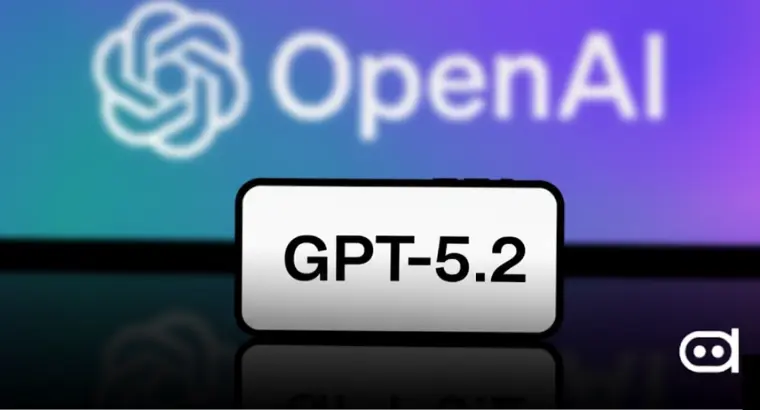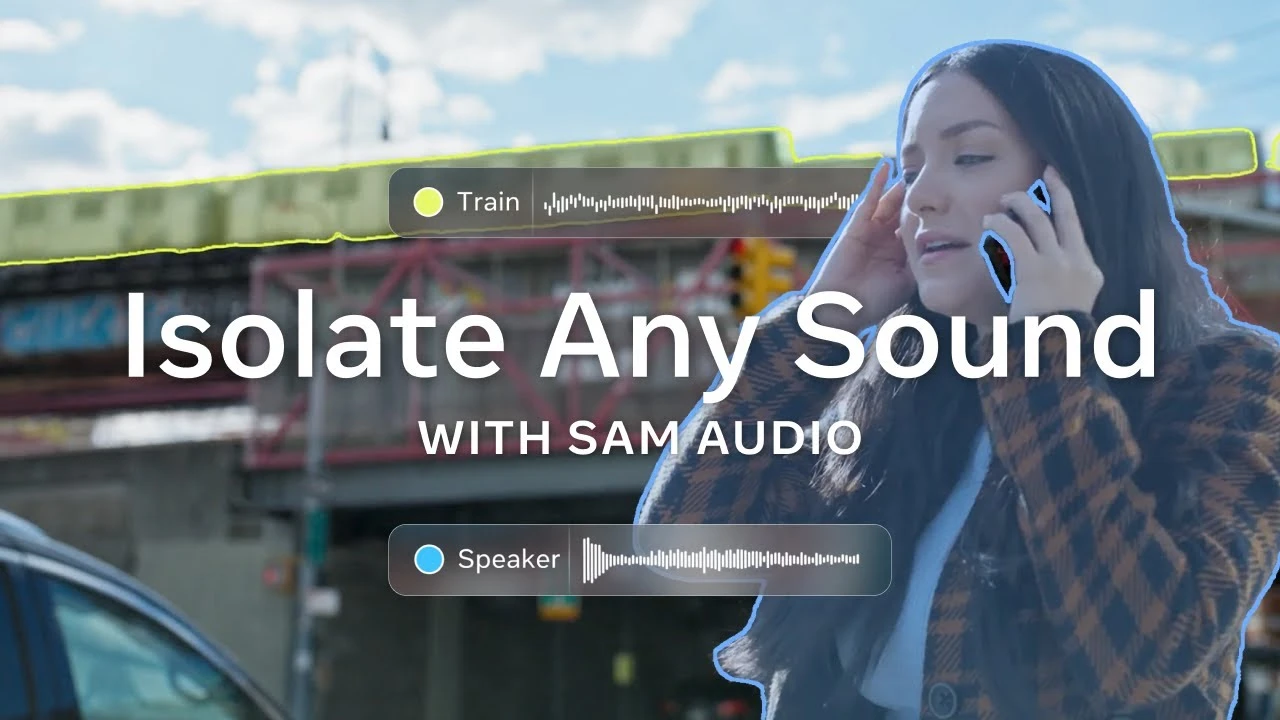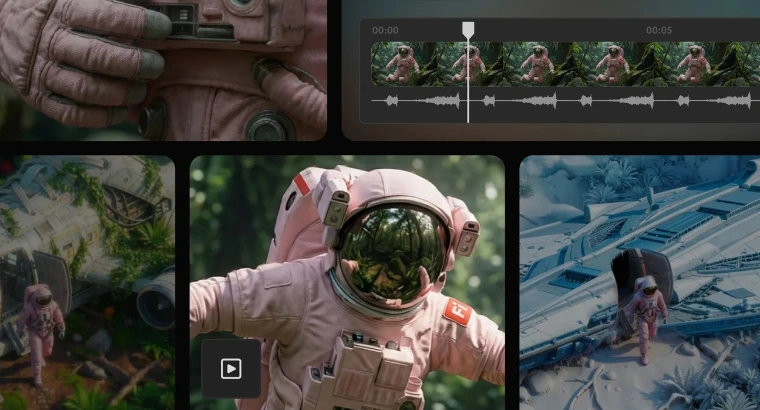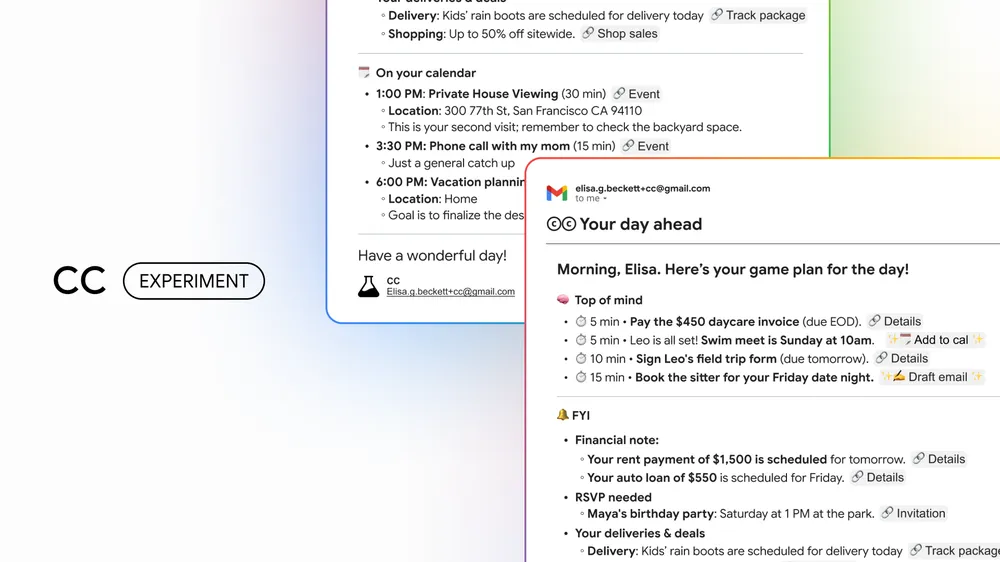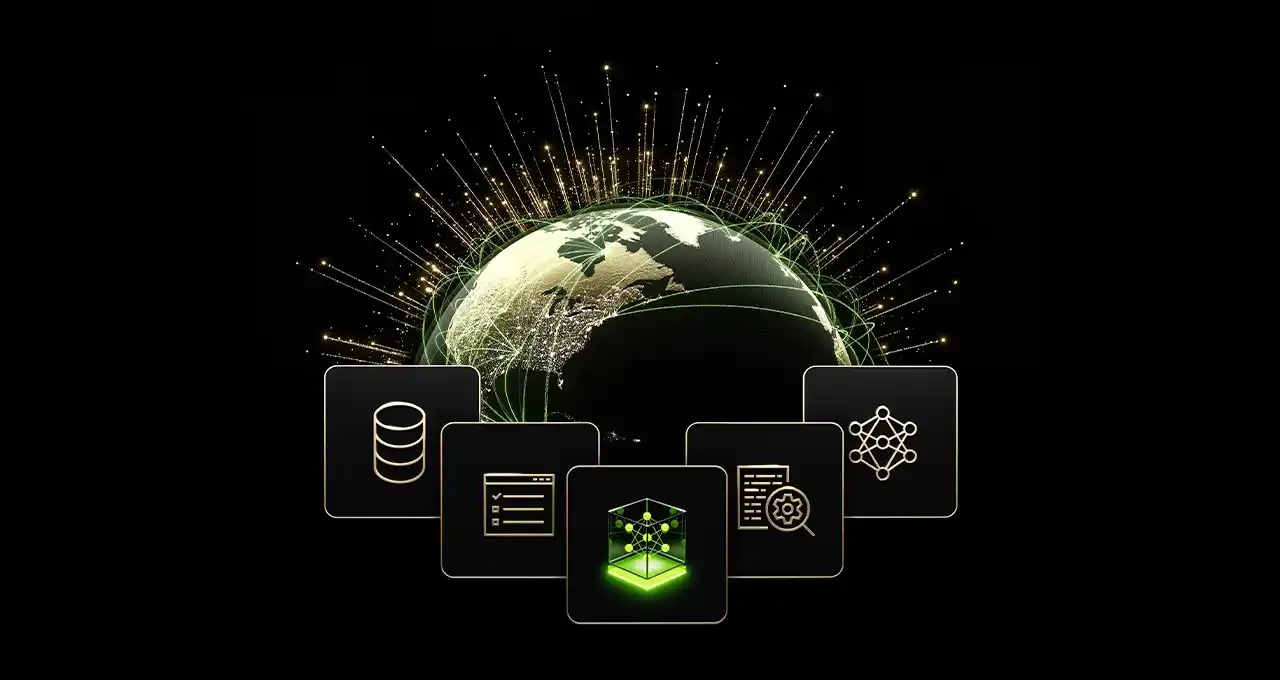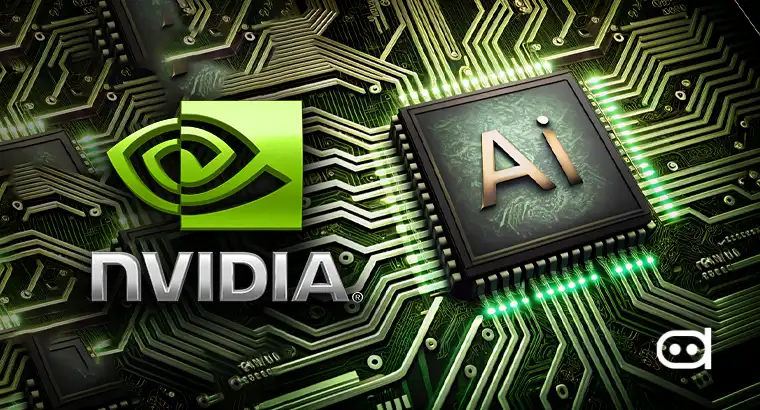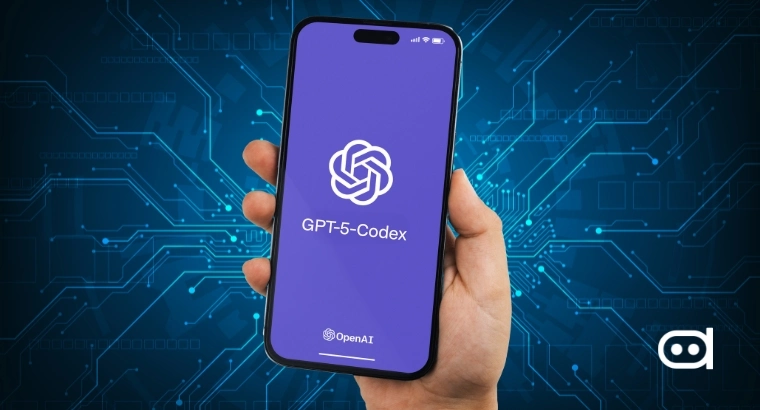
Key Highlights –
- OpenAI’s new GPT-5-Codex coding agent, is a promising update to the original Codex which debut in June, 2025.
- GPT-5-Codex comes with ‘Adaptive Thinking’, is trained for reviewing codes among other new features.
- Similar to CLI and IDE extension, users can now use images to say share frontend design specs or explain UI bugs.
Sam Altman-led OpenAI has been working on improving coding AI agents for with devs and engineers with the Codex. Withing three months of launch, the ChatGPT owner has launched a new improved version of the agent named – GPT-5-Codex.
GPT-5-Codex is here: a version of GPT-5 better at agentic coding.
— Sam Altman (@sama) September 15, 2025
It is faster, smarter, and has new capabilities. Let us know what you think!
The team has been absolutely cooking, very fun to watch.
This announcement comes soon after the AI giant shared its study of ChatGPT and how users utilize the AI chatbot. Here’s a quick dive into understanding the new coding agent by OpenAI and along with the new features.
What is GPT-5-Codex?
Originally, Codex was powered by codex-1, a version of OpenAI o3, but the new GPT-5-Codex, is a version of GPT‑5 but specifically optimized by OpenAI for agentic software engineering in Codex. In an official blog post, the company shared that the model was trained with the sole focus of helping with “real-world software engineering work.” Discussing the strengths of the model it added –
It’s (GPT-5-Codex) equally proficient at quick, interactive sessions and at independently powering through long, complex tasks. Its code review capability can catch critical bugs before they ship.
GPT‑5-Codex model can be accessed via the terminal, IDE, web in GitHub, as well as the ChatGPT iOS app. The model is set to default for cloud tasks and code review, however, developers can choose to use it for local tasks via Codex CLI and the IDE extension. On top of it, users will no longer need to switch between platforms to work on the same project.
Two weeks ago, we unified Codex into a single product experience connected by your ChatGPT account, enabling you to move work seamlessly between your local environment and the cloud without losing context.
How Does GPT-5-Codex Work?
The new GPT‑5-Codex adapts how much time it is required to spend on thinking dynamically based on how complex the task at hand is. In a podcast, OpenAI discusses how the agent came to be including vibe coding, and how the model can create, and fix bugs on developer’s behalf.
Forget autocomplete — this is agent-complete.
— OpenAI (@OpenAI) September 15, 2025
On Episode 6 of the OpenAI Podcast, @gdb and Codex lead Thibault Sottiaux join @andrewmayne to talk about the leap from code suggestions to coding agents, the launch of GPT-5-Codex, and where software development could be by 2030. pic.twitter.com/hmElOFWcE0
According to OpenAI, the model showcases both essential skills required for a coding agent i.e. pairing with developers in interactive sessions, and persistent, independent execution on longer tasks. This also means that developers who use Codex will feel snappier during conversations or when performing small, well-defined requests but the same model will work for longer on complex tasks like big refactors.
During testing, we’ve seen GPT‑5-Codex work independently for more than 7 hours at a time on large, complex tasks, iterating on its implementation, fixing test failures, and ultimately delivering a successful implementation.
Derreck Choi, further simplified new features on LinkedIn and shared that the new model has these improvements users can watch out for –
- Adaptive thinking: Dynamically sizes its reasoning time. Snappy for quick edits or Q&A, and persistent on big refactors
- More steerable: Produce high quality code on complex engineering tasks without lengthy instructions
- Trained for code reviews: Goes beyond static analysis which leads to higher signal comments and ready to merge patches
- Front end coding: More proficient at generating front end designs and can use images or screenshots to guide frontend work
Developers and interested users can use Codex with the ChatGPT Plus, Pro, Business, Edu, and Enterprise plans. OpenAI will soon make GPT‑5-Codex API available soon, especially for devs currently using Codex CLI via API key. You can read more about the GPT-5-Codex model on OpenAI official blog post here.

